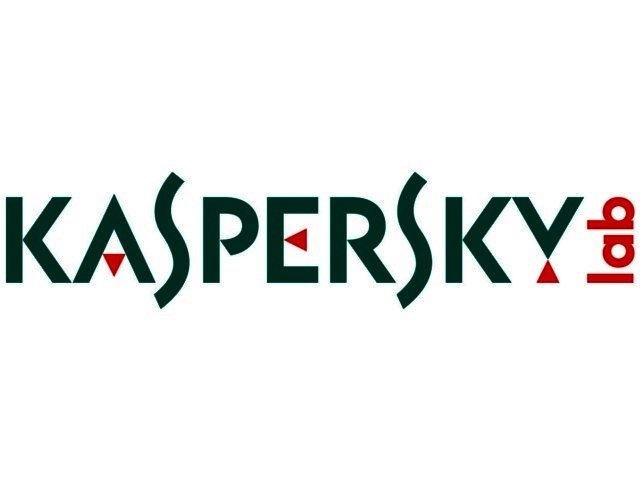PREVIOUS ARTICLENEXT ARTICLE
NEWS

Gauss cyber-threat targets Middle East
By Staff Writer 10 August 2012 | Categories: news
In the wake of revelations on the Flamemalware, Kaspersky Lab has announced the discovery of ‘Gauss’, a new cyber-threat targeting users in the Middle East.
According to the Russian security company, Gauss is a complex, nation-state sponsored cyber-espionage toolkit designed to steal sensitive data, with a specific focus on browser passwords, online banking account credentials, cookies, and specific configurations of infected machines.
The online banking Trojan functionality found in Gauss is a unique characteristic that was not found in any previously known cyber-weapons. Analysis of Gauss shows it was designed to steal data from several Lebanese banks including the Bank of Beirut, EBLF, BlomBank, ByblosBank, FransaBank and Credit Libanais. In addition, it targets users of Citibank and PayPal.
Another key feature of Gauss is the ability to infect USB thumb drives, using the same LNK vulnerability that was previously used in Stuxnet and Flame. At the same time, the process of infecting USB sticks is more intelligent. Gauss is capable of “disinfecting” the drive under certain circumstances, and uses the removable media to store collected information in a hidden file. Another activity of the Trojan is the installation of a special font called Palida Narrow, with the purpose behind this action still being unknown.
While Gauss is similar to Flame in design, the geography of infections is noticeably different. The highest number of computers hit by Flame was recorded in Iran, while the majority of Gauss victims were located in Lebanon. The number of infections is also different. Based on telemetry reported from the Kaspersky Security Network (KSN), Gauss infected approximately 2 500 machines. In comparison, Flame was significantly lower, infecting closer to 700 machines.
Although the exact method used to infect PCs is not yet known, it is clear that Gauss propagates in a different manner to Flame or Duqu. Just like these two previous cyber-espionage weapons, Gauss’ spreading mechanisms are conducted in a controlled fashion, which emphasises stealth and secrecy for the operation.
Gauss was discovered during the course of the ongoing effort initiated by theInternational Telecommunication Union (ITU), following the discovery of Flame. Kaspersky Lab’s experts discovered Gauss by identifying commonalities the malicious program shares with Flame. These include similar architectural platforms, module structures, code bases and means of communication with command and control (C&C) servers.
Quick facts:
? Analysis indicates that Gauss began operations in the September 2011 timeframe.
? It was first discovered in June 2012, resulting from the knowledge gained by the in-depth analysis and research conducted on the Flame malware.
? This discovery was made possible due to strong resemblances and correlations between Flame and Gauss.
? The Gauss C&C infrastructure was shutdown in July 2012 shortly after its discovery. Currently the malware is in a dormant state, waiting for its C&C servers to become active.
? Since late May 2012, more than 2 500 infections were recorded by Kaspersky Lab’s cloud-based security system, with the estimated total number of victims of Gauss probably being in the tens of thousands. This number is lower compared to the case of Stuxnet, but it’s significantly higher than the number of attacks in Flame and Duqu.
? Gauss steals detailed information about infected PCs including browser history, cookies, passwords, and system configurations. It is also capable of stealing access credentials for various online banking systems and payment methods.
? Its main module was named by the unknown creators after the German mathematician JohannCarlFriedrichGauss. Other components bear the names of famous mathematicians as well, including Joseph-LouisLagrange and KurtGödel.
Alexander Gostev, chief security expert of Kaspersky Lab, commented: “Gauss bears striking resemblances to Flame, such as its design and code base, which enabled us to discover the malicious program. Similar to Flame and Duqu, Gauss is a complex cyber-espionage toolkit, with its design emphasising stealth and secrecy; however, its purpose was different to Flame or Duqu. Gauss targets multiple users in select countries to steal large amounts of data, with a specific focus on banking and financial information.”
At the present time, the Gauss Trojan is successfully detected, blocked and remediated by Kaspersky Lab’s products, classified as Trojan-Spy.Win32.Gauss.
TAGS:
USER COMMENTS
Most Read Articles
Read

Magazine Online
TechSmart.co.za is South Africa's leading magazine for tech product reviews, tech news, videos, tech specs and gadgets.
Start reading now >
Download latest issue
Have Your Say
What new tech or developments are you most anticipating this year?
New smartphone announcements (44 votes)
Technological breakthroughs (28 votes)
Launch of new consoles, or notebooks (14 votes)
Innovative Artificial Intelligence solutions (28 votes)
Biotechnology or medical advancements (22 votes)
Better business applications (132 votes)



